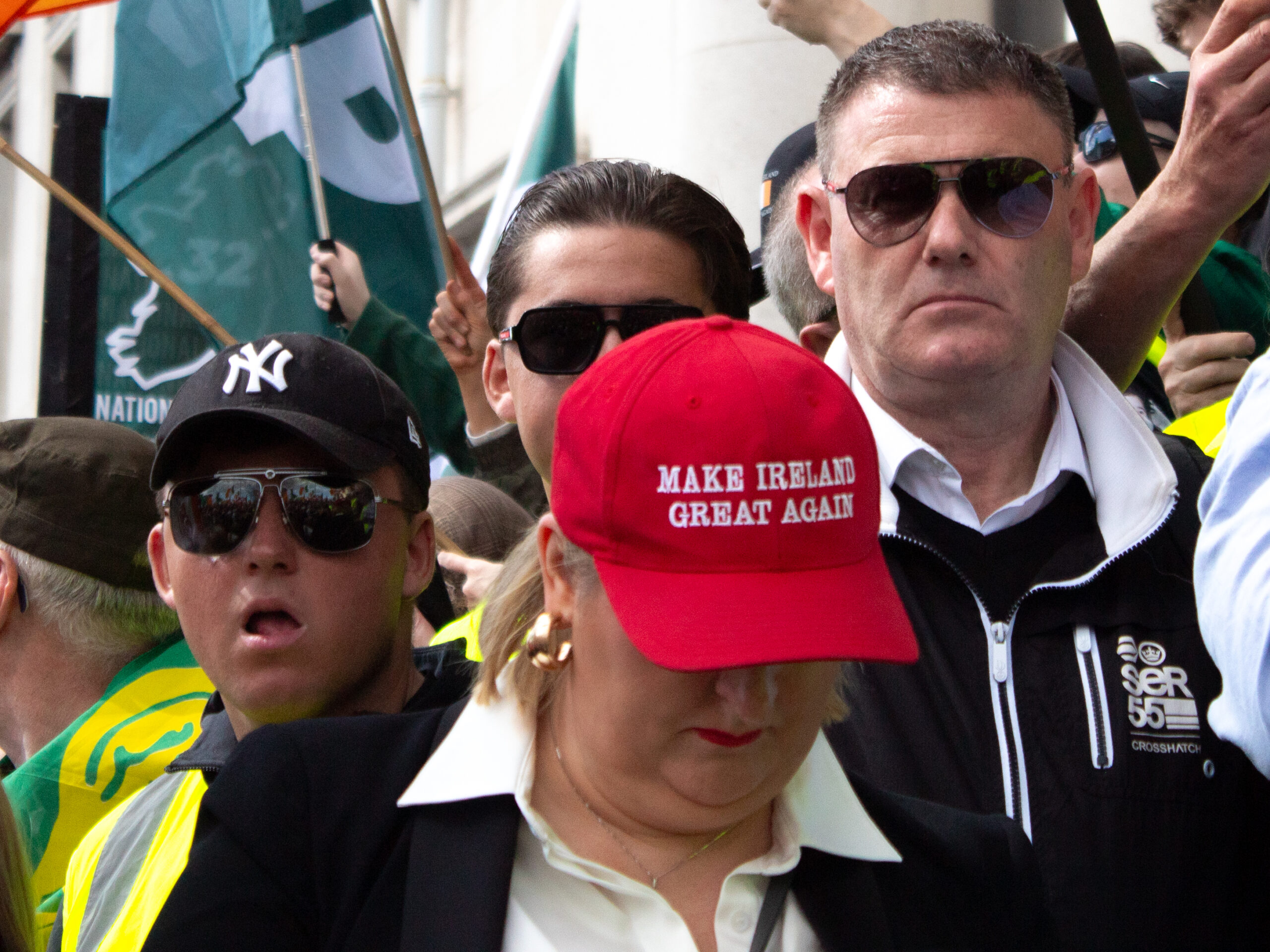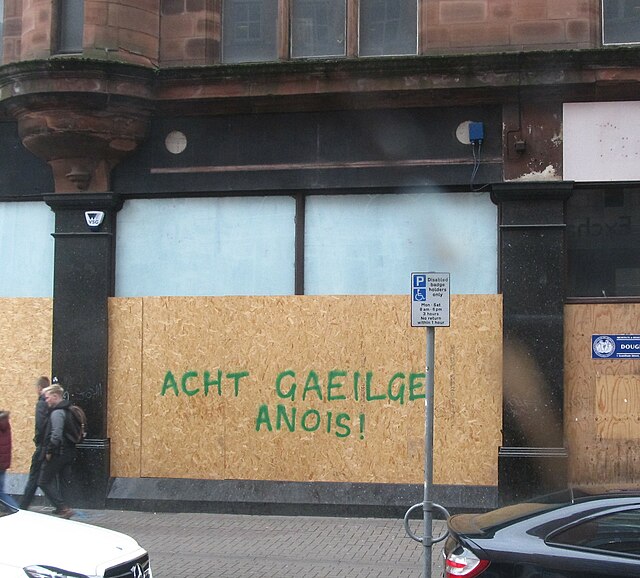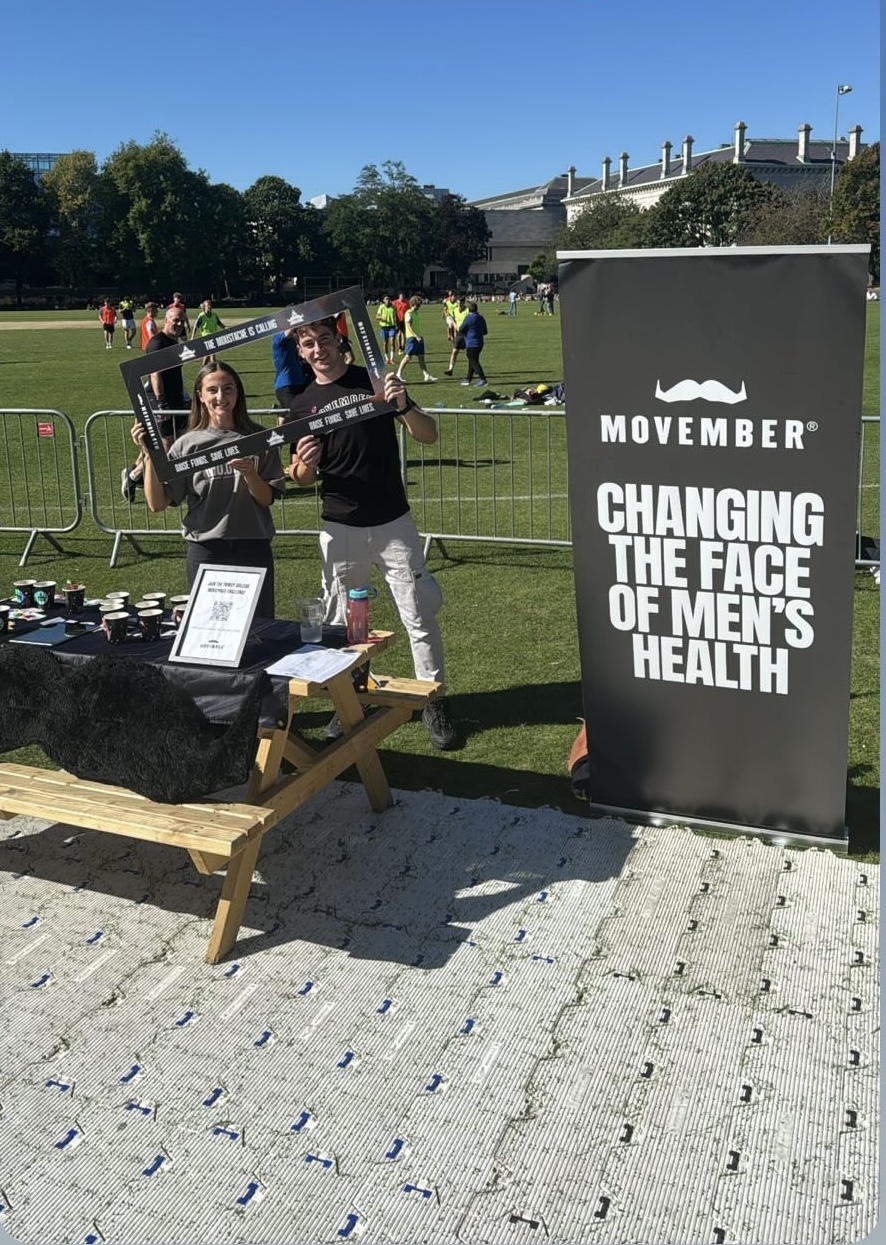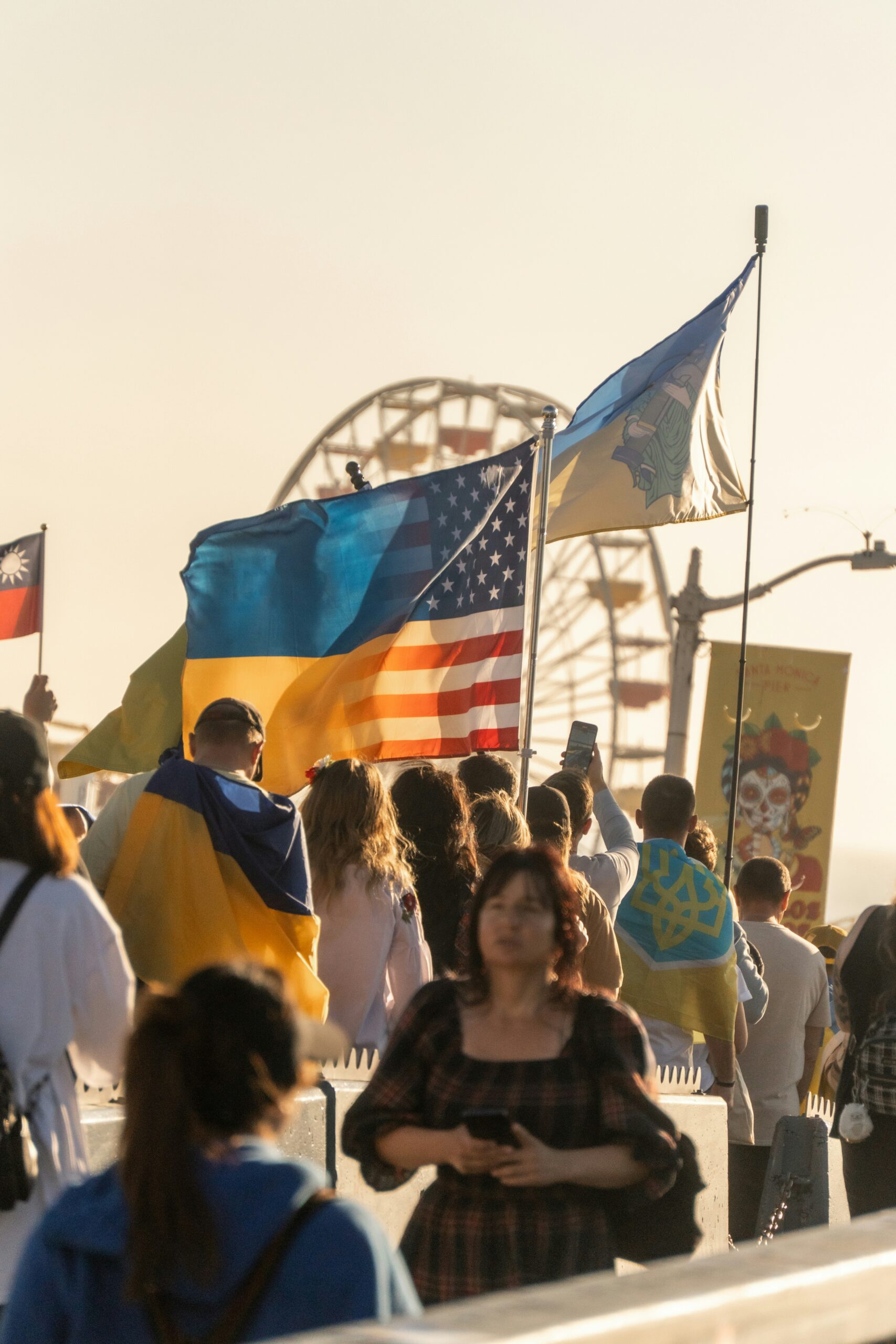
Fionn O’Dea
Staff Writer
Last night the distinguished Himalayan mountaineer, Harish Kapadia, spoke to a large audience of students and enthusiasts in Trinity College’s Edmund Burke Theatre. The Indian displayed every bit of his mountaineering prowess as he negotiated a difficult path to the podium obstructed by dozens of the assembled, eager to shake his hand.
The talk was the first memorial for deceased and much loved Irish mountaineer, Joss Lynham, a ‘legend in his own lifetime’ as Kapadia himself put it. The comment was high praise from a man who has achieved a remarkable twenty one first ascents in a career spanning forty years. Though well renowned in the field of climbing, and as the editor of the Himalayan journal, Kapadia has long since been noted for his championing of peace and environmentalism in the world’s highest conflict zone, topics close to his heart.
Having achieved his goal to become a soldier, Lt Nawang Kapadia, son of the mountaineer, was killed in Pakistan-controlled Kashmir in 2000. ‘He was killed by a terrorist bullet’, Kapadia explained. ‘His death brought the war into our home.’ Nawang’s death prompted Kapadia to call out for peace between India and Pakistan who have been engaged in tug of war for the disputed territory of Kashmir for decades.
‘This silly war cannot go on forever. We cannot have our children and grandchildren sitting at 21,000 feet and fighting each other.’ Kapadia hopes that a mutually observed peace park can be established on the Siachen glacier, the 100km long physical boundary at the heart of the territory dispute. Despite his calls for ‘a mountain of peace’, he accepts that decisions are now ‘unfortunately in politicians’ hands.’
On this, his first visit to Ireland, he explained how climbing the region’s various peaks had been done as a way to establish de facto control over territory, climbers placing national flags at the summits to assert ownership. Much of his own current climbing, however, is done with the intention of spreading solidarity. The audience were shown a photo of Kapadia and some of his countrymen side by side with Pakistani mountaineers, together at the top of an Alpine peak, with each group holding their national flag. He couldn’t resist pointing out, however, that the Indian flag was very slightly higher.
Many of the photos shown included the wild roses heavily prevalent in the Siachen region. ‘The roses will grow anywhere, even out of the bare rock.’ Others were of vast, mountainous terrains, once explored by some of history’s greatest explorers but currently no-go areas for civilians.
Kapadia spoke also about the environmental threats of the war. 10,000 live shells currently litter the Siachen glacier. He also expressed concern that in years to come, drums and barrels abandoned at the site will burst and pollute the region’s drinking water. This is in addition to the fact that the glacier itself is both receding and thinning at an alarming rate.
In a poignant end to a talk telling of thousands of futile deaths from what Kapadia sees as a tired struggle, he re-iterated his call for peace between ‘Indians, Pakistanis, everyone. Together.’ At the age of 66, he shows no signs of slowing down in this pursuit and insists that ‘there is hope for the wild roses of Siachen.’






